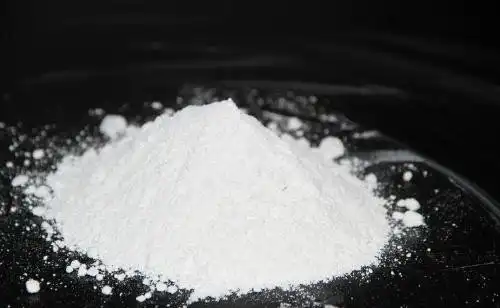Hebei Messi Biology Co., Ltd. stated that magnesite is a magnesium carbonate with a chemical formula of magnesium carbonate (MgCO3), theoretical components: MgO: 47.81%, CO2: 52.19%, density of 2.9-3.1g/cm3, hardness of 3-5. Magnesite can be divided into crystalline and amorphous types according to its crystal state. Crystalline magnesite is rhombic hexahedron, columnar, plate-like, granular, dense, earthy and fibrous, etc. It often contains isomorphs of calcium and manganese. Fe2+ can replace Mg2+ to form magnesite (MgCO3). my country has abundant reserves of magnesium resources, with proven reserves of 3.642 billion tons of magnesite, accounting for 28.85% of the world’s total reserves, ranking first in the world. Among them: the reserves of crystalline magnesite are 3.571 billion tons, accounting for 98.05% of the total reserves in the country, and the reserves of cryptocrystalline magnesite are 0.71 billion tons, accounting for 1.95%, so it is of great significance to the development and utilization of magnesite.

The decomposition of magnesite was studied by differential thermal analysis, and the temperature of calcining magnesite was determined based on this. The x-diffraction analysis spectrum and activity of the calcined products obtained at different calcination temperatures and calcination times were studied, and the effects of calcination temperature and calcination time on the properties of magnesium oxide obtained by decomposition of magnesite were discussed, and the optimal calcination conditions of magnesite were obtained.
When magnesite is heated to above 640℃, it begins to decompose into magnesium oxide and carbon dioxide. When calcined at 700-1000℃, carbon dioxide does not completely escape and becomes a powdery substance called light-burned magnesia (also known as caustic magnesia, calcined magnesia, α-magnesium, magnesia), which has strong chemical activity and high adhesiveness, and is easy to react with water to form magnesium hydroxide. When calcined at 1400-1800℃, carbon dioxide completely escapes, and magnesium oxide forms a dense block of periclase, called heavy burned magnesium, which has high refractoriness. Heavy burned magnesium is melted at 2500-3000℃, cooled and solidified to develop into intact periclase crystals, called fused magnesium oxide or molten magnesium oxide. Magnesium oxide calcined at high temperature is not easy to combine with water and carbonic acid, and has the characteristics of high hardness, strong chemical corrosion resistance, and high resistivity.
Magnesium oxide is an important product after calcination or other processing of magnesium-containing minerals. It is used in mining, chemical industry, agriculture, light industry, environmental protection, metallurgy and other fields. It is mainly produced by calcining natural magnesite at 700-1000℃.
